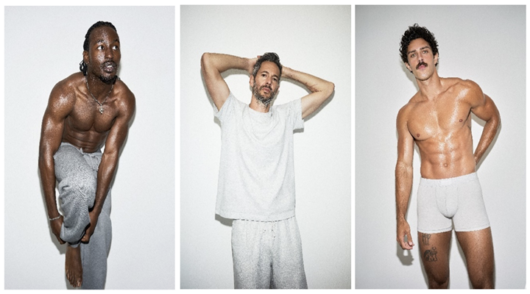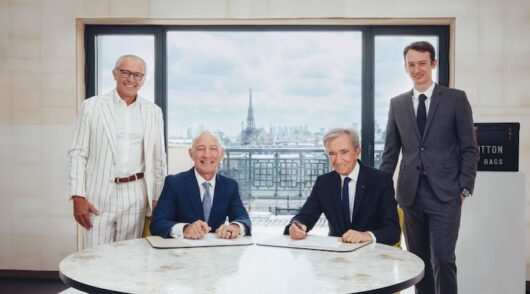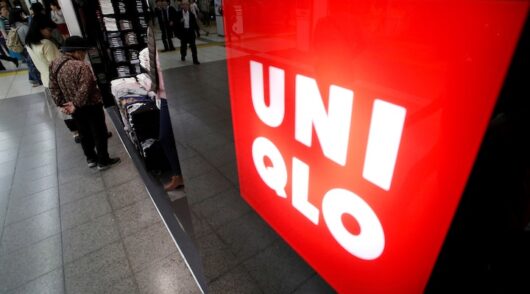For many retailers in Singapore, growth remains something they only see in the rearview mirror, with non-automotive sales flatlining in May and then just edging up by 0.4 per cent in June on a year-over-year basis. Four categories: supermarkets and hypermarkets, health and beauty, computer and telecommunications equipment, and optical goods and books, have been doing all of the heavy lifting to keep headline sales at least on an even keel. Some of the mall mainstays – department stores and app
apparel and footwear retailers, that’s’ you – are taking a bit of a beating. Good news for the malls, though, is that the online component of retail sales continues to stagnate, at 14.5 per cent, about two percentage points lower than at the end of 2024. Moreover, the supply of new retail space has all but dried up and competition for space is fierce.
This has fed into another good round of results for Singapore’s major shopping mall operators, like Capitaland’s real-estate investment trust, and Frasers Centrepoint Trust (a subsidiary of Frasers Property), which live and die according to how well and how fast they adapt to consumer trends.
Capitaland
Retail occupancy in Capitaland’s portfolio is at 98.6 per cent (nearly 100 per cent in the suburban malls). Capitaland cites CBRE Singapore’s forecast that only 9300sqm of new retail floorspace will come online this year – that’s in the form of just one new project, Marine Parade Underground Mall – and 27,900sqm next year. Those numbers are gross and don’t include space being taken off the market, so things are even tighter than those numbers suggest.
The weighted average lease expiry (WALE) in Capitaland’s retail portfolio is just two years, so the company can turf out underperforming tenants and bring in fresh ones on a regular basis. By the end of 2027, a third of the retail leases (by revenue contribution) will be renegotiated.
Many of the new stores opening in the second quarter were in the food and beverage category, including noodles, tea and supplements retailers. Main leasing interest is coming from food and beverage, health and beauty, and fashion accessories. Not surprisingly, these categories are the most important contributors to Capitaland’s revenue stream, collectively accounting for more than 60 per cent of rental income. Since no single retail tenant contributes more than a couple of per cent to retail gross rent, even a bit of retail bankruptcy wouldn’t unduly shake the company’s revenue stream.
ION Orchard conceals stagnant sales growth
Capitaland’s gross revenue and net property income both edged upward in the second quarter, while ‘rent reversions’ (also called ‘leasing spreads’ in the US, the difference between average rent on new leases and average rent on expired ones) were a strong +7.7 per cent. Tenant retention was just under 82 per cent.
Sales per square metre were up 17.9 per cent, compared with the first half a year ago, and shopper traffic rose by 23.8 per cent. The problem with this number is that it is almost exclusively due to a spike at one Orchard Road property, ION Orchard. Excluding ION Orchard, sales per square metre were actually down slightly, by 0.2 per cent.
Frasers Centrepoint
Frasers Centrepoint Trust is, like Capitaland, a real-estate investment trust, which operates 10 malls around the island that aspire to be integrated into the community fabric with special events and in-house social and recreational activities, and a strong emphasis on tenants that provide food and beverage, services and education. (No less than 30 per cent of its leasable space is devoted to food and beverage and this category contributes 38 per cent of its gross rental income.) Portfolio occupancy is full to bursting, with virtually no vacancy. (Six of its 10 centres are literally at 100 per cent occupancy.) With its relatively great emphasis on necessities rather than discretionary spending, Frasers’ mall sales are less cyclical than Capitaland’s: year-on-year growth in the third quarter of Frasers’ fiscal year (ending June 30) reached 4.4 per cent, on the back of higher shopper traffic (+2.1 per cent) and spending per shopper. The sales growth number excludes Hougang Mall in the northeast of the island, which is temporarily disrupted by “asset enhancement initiatives”. Like Capitaland, Frasers’ rent spreads have been emphatically positive.
Climate warriors
The Singapore Government is not short of novel ideas about how to provide spending stimulus to Singapore households. These have already supported retail spending, and will continue to do so. Thereare three different kinds of vouchers available in the current year’s budget: the first are CDC (digital currency) vouchers, with the first $500 per household already issued and another tranche of S$300becoming available in January. Then there are SG60 vouchers that celebrate Singapore’s 60th year of independence, up to S$800 having already been dispensed in July to Singaporeans aged 21 and over.Finally, there is the “Climate voucher”, which subsidises up to S$400 for the purchase of energy-efficient appliances. This is Singapore’s version of China’s 2025 appliance trade-in program, which subsidises about 15-20 per cent of the price of a new item, but only if an existing clunker is brought in to be replaced. Also, the Chinese version is not specifically aimed at promoting climate protection, although theenvironmental benefit would presumably be similar.
The government upgrades its GDP forecast
Singapore’s Ministry of Trade and Industry (MTI) upgraded its forecast for the city-state’s GDP growth for 2025, thanks to a better-than-expected first half when the economy expanded by more than 4 per cent, year on year. MTI, however, is yet another organisation with both a defective crystal ball and a penchant for stating the obvious, admitting that the future is “clouded by uncertainty”. (Surprise, surprise.) Part of the uncertainty for the second half of the year is actually embedded in the results of the first half: Some of the big growth drivers were industries like wholesale trade and transport, where there was activity pushed forward to get in ahead of tariff impositions. Still, MTI reckons Singapore’s economy will land within a range of 1.5 per cent-2.5 per cent growth for the year as a whole.
Further reading: Why rents are still rising in Singapore’s top malls, even when sales are not.







